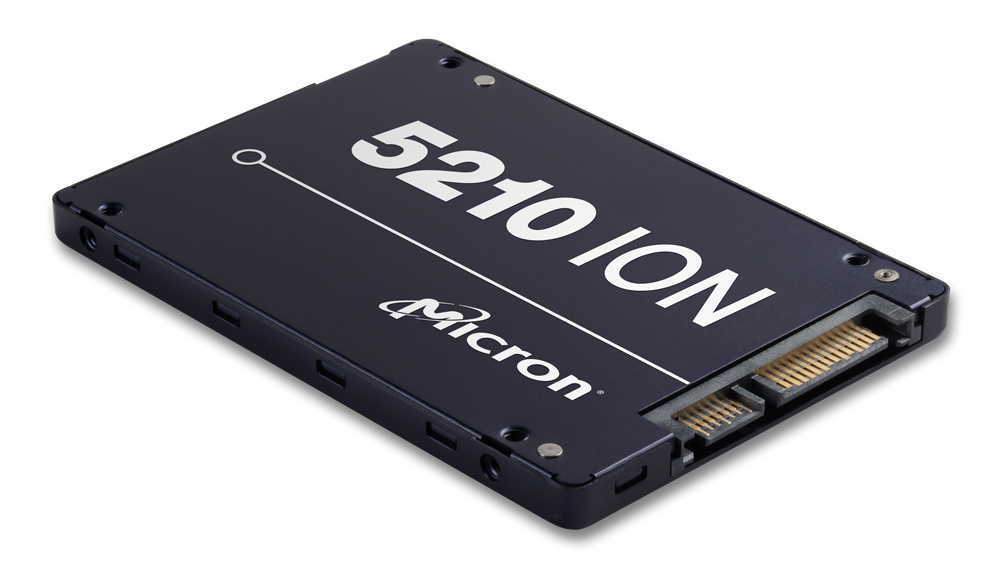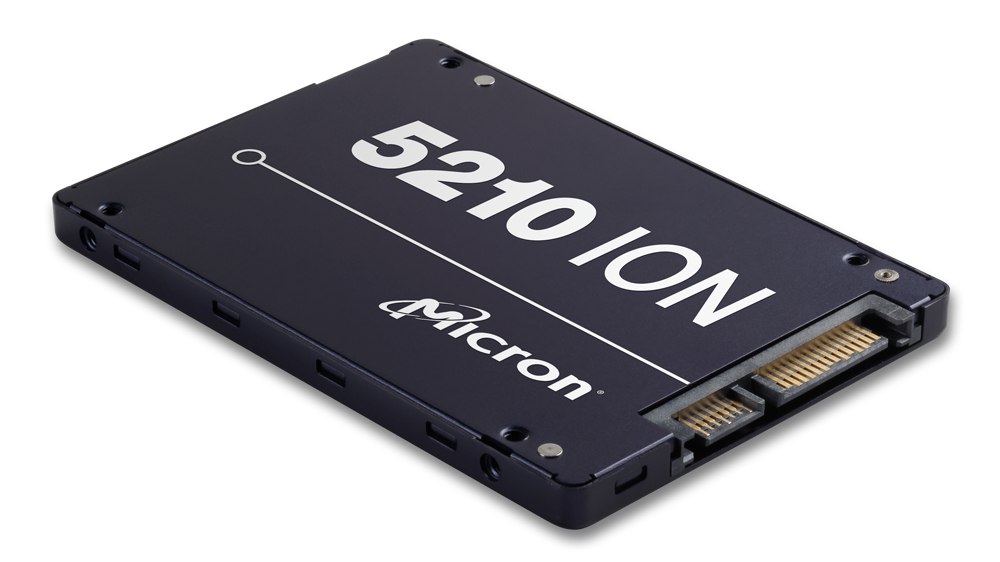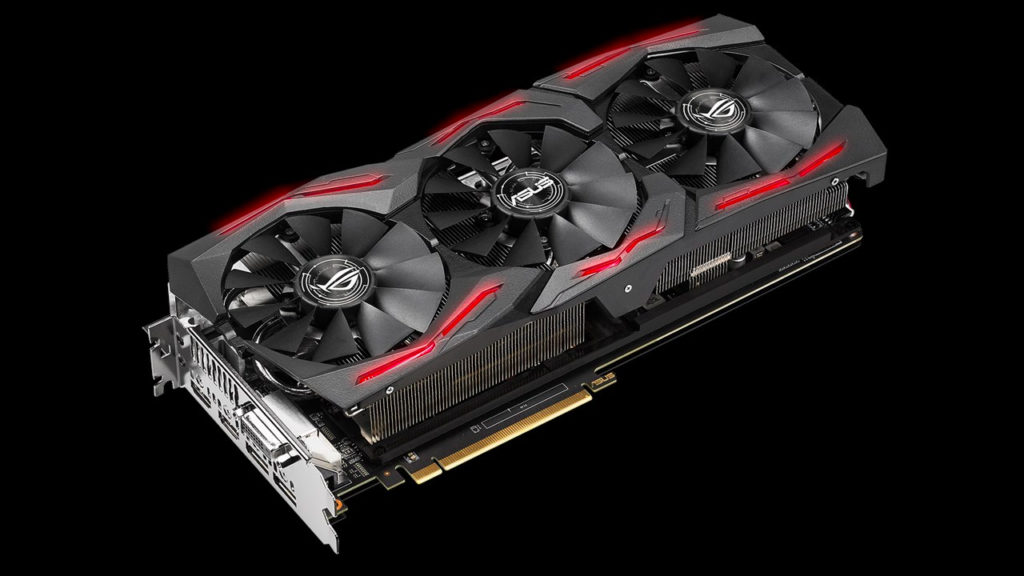
By Darren Allan
Intel and Micron have announced the first commercially available QLC NAND flash memory, and with it, an initial SSD from Micron based on this technology.
So what’s the big deal here? The step into QLC is, in fact, something of a giant leap, because as Micron observes, the introduction of 64-layer 4bits/cell NAND technology means that drives can benefit from a 33% higher array density as compared to TLC.
In other words, manufacturers will be able to fit more capacity into the given space available in a drive, so the net effect will be bigger SSDs on the market for everyone down the line. Although the initial SSD offering from Micron – known as the 5210 ION series – is an enterprise SATA product aimed at businesses.
There is a downside to the new tech compared to TLC-based solid-state drives, however, as Anandtech reports – and that’s lower write performance and lower write endurance (with write endurance in the order of 1,000 program/erase cycles).
Read it and weep
As a result, Micron is pitching this initial drive at read-intensive applications in the cloud along the lines of AI, big data and business intelligence.
The company said: “Micron QLC NAND – reaching densities of …read more
Source:: techradar.com – Computing Components

 Previous post
Previous post
 Next post
Next post